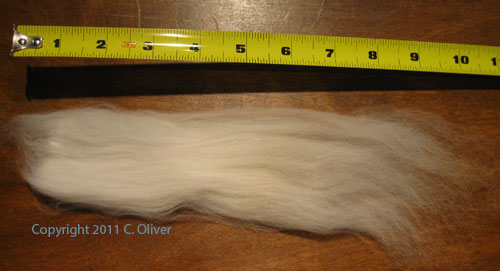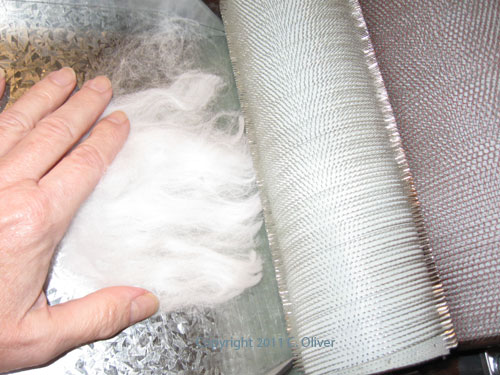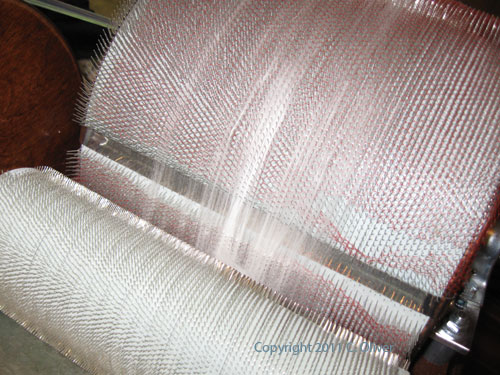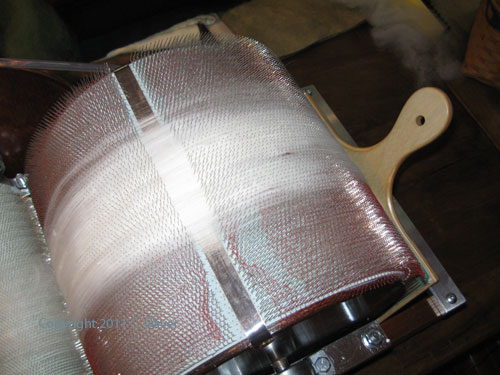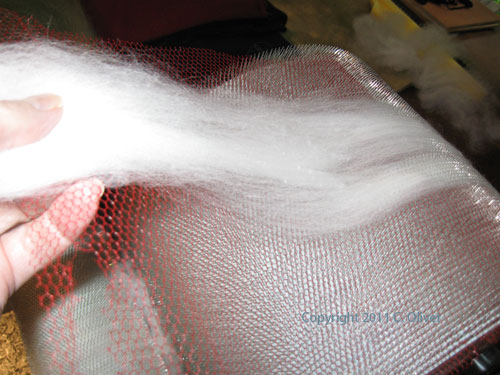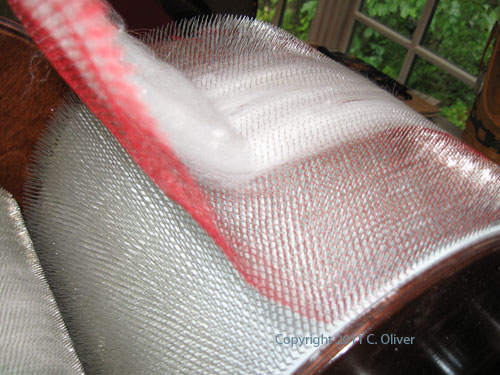Last night I finally finished a knitted pillow that I had started at least five years ago. Well, the front and back had been finished all this time, but I never got around to finding a pillow form for them. A post-Christmas trip into a craft store found bags of poly snow on sale and the size and shape of the bag jogged my memory of this long-forgotten project. I present it here for your knitting pleasure should you choose to knit one for yourself.
The graph below is one that I sketched out after making a suitable graph paper in a graphics program. No, I am no whiz at it, but I managed to make it work. If you can read it, you can use it to make your own pillow.
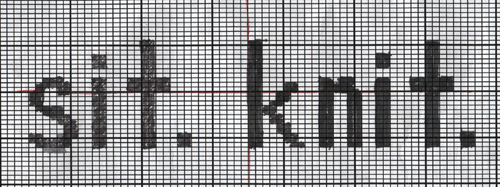
The pillow “recipe” or pattern is pretty loose. Grab a few skeins of Noro Kureyon or something similar (worsted weight), whatever is languishing in your stash. Knit up in stockinette two skeins for the front and two skeins for the back, then work the chart in duplicate stitch on each side, centering the lettering.
After finishing all the stitching, single crochet the two sides together, leaving an adequate opening for a pillow form or other stuffing.
Once the pillow is stuffed, finish joining the two sides with single crochet. I then did another row of SC all around to make it look a little better. Perhaps it needs a bit more? It’s up to you.
Here are the two sides of the pillow.
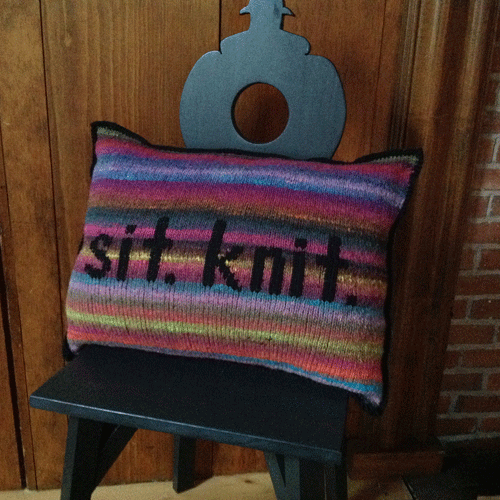
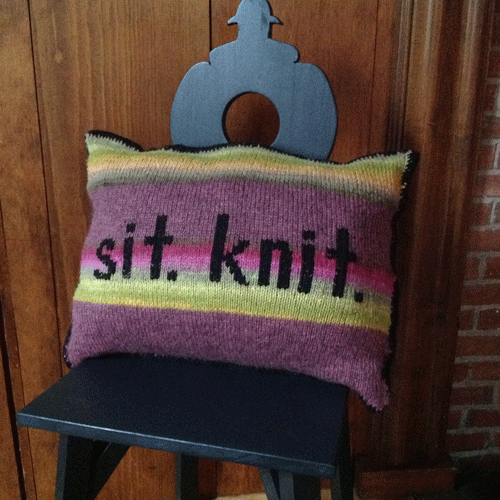
I hope you enjoy making your own.

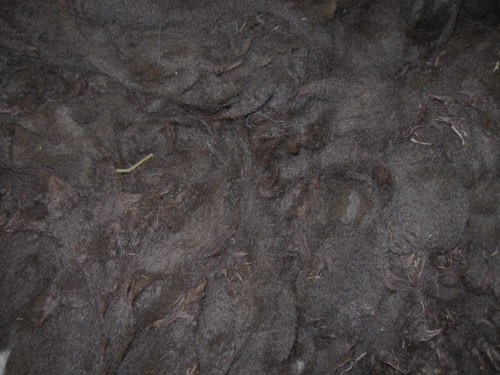
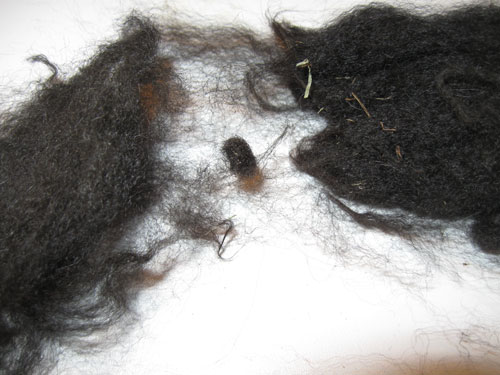
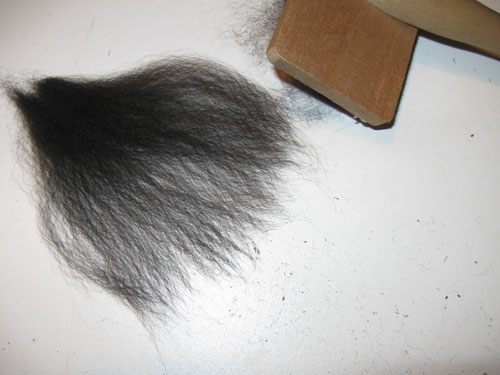
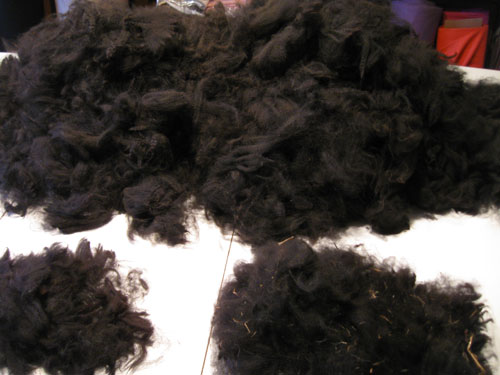
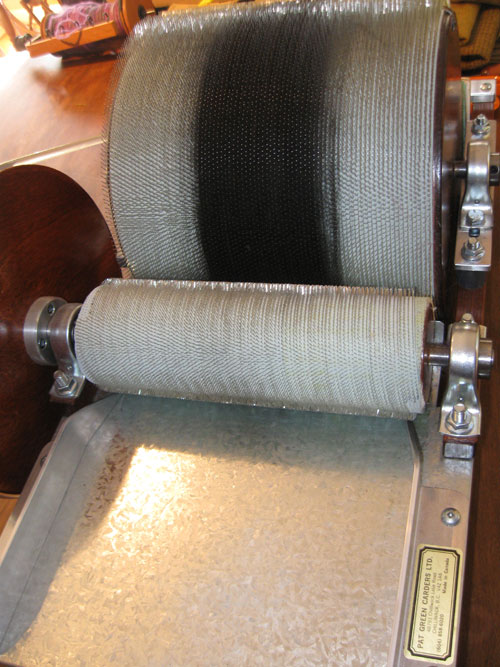
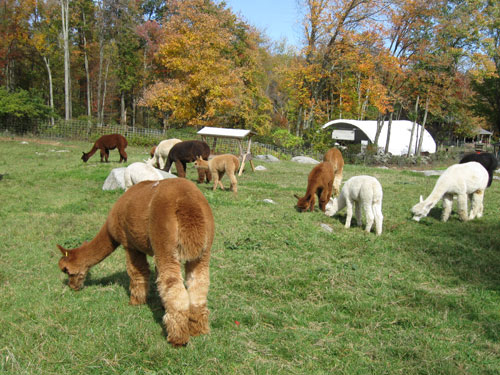
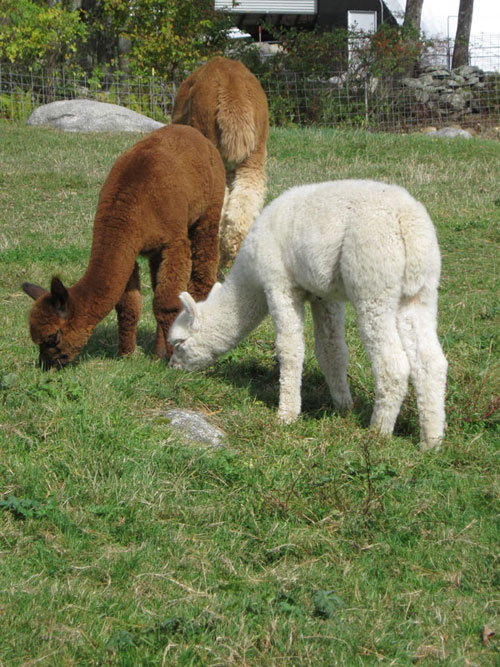
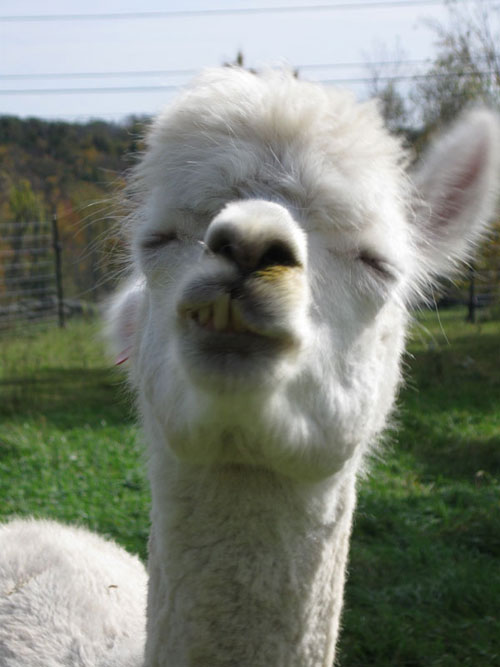
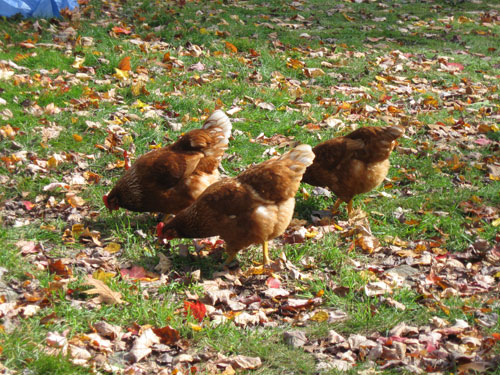
.jpg)
.jpg)
